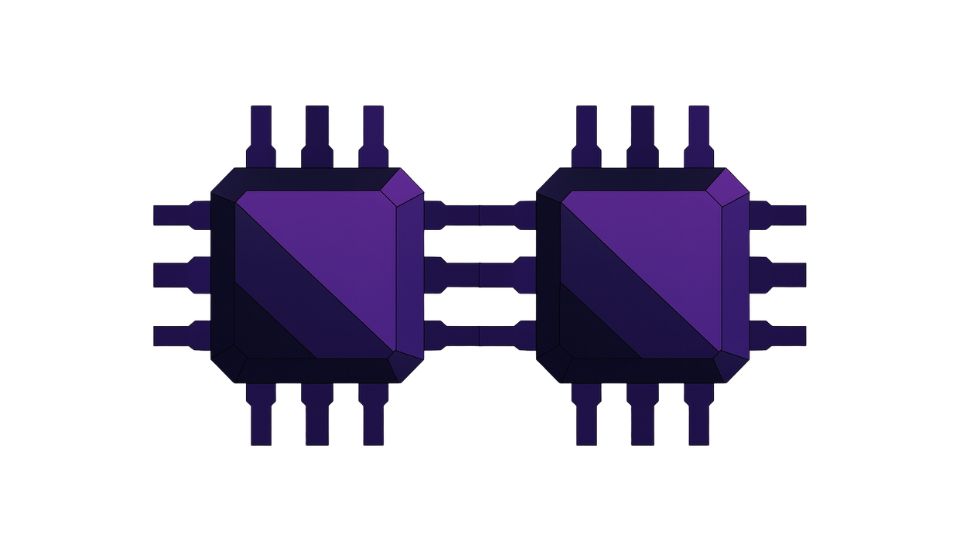Bring Your Own Vulnerable Driver (BYOVD) is a post-exploitation technique in which an attacker loads a legitimately signed but vulnerable kernel driver onto a target system to gain elevated privileges or disable security protections. The approach exploits the trust that operating systems place in signed drivers, allowing adversaries to execute malicious actions in kernel mode while evading conventional endpoint defenses.
How the technique emerged
Kernel-mode drivers are modules that operate with high privileges and are required for legitimate hardware and system interactions. Because they run in ring 0, vulnerabilities inside them can provide direct access to critical system memory and processes. The BYOVD pattern first appeared in advanced persistent-threat and ransomware campaigns that abused outdated or poorly maintained signed drivers. By introducing their own vulnerable driver, threat actors bypass signature verification and then exploit known flaws in that driver to perform arbitrary read or write operations within the kernel.
Mechanics of a BYOVD attack
Typical BYOVD activity follows a consistent sequence:
- The attacker obtains administrative or local-system access on a compromised host.
- A vulnerable but digitally signed driver—often distributed with legitimate software—is copied to the system.
- Because the driver carries a valid signature, it passes Windows Driver Signature Enforcement checks and loads successfully.
- Malicious code then issues specially crafted IOCTL calls or exploits the driver’s memory-handling flaws to escalate privileges, disable endpoint-detection components, or hide additional payloads at the kernel level.
Examples include the abuse of drivers from gaming, disk-management, and hardware-monitoring software. In 2023 and 2024 campaigns, ransomware operators such as Qilin and BlackCat combined Linux payloads with vulnerable Windows drivers to achieve cross-platform persistence and defense evasion.
Why it matters
BYOVD attacks exploit a systemic trust model: operating systems inherently trust signed drivers, assuming that signature validation equals safety. Attackers subvert this model by reusing or redistributing legitimately signed components that contain known vulnerabilities. Because these drivers originate from reputable vendors, traditional allow-lists and antivirus mechanisms may fail to detect the threat until kernel integrity is already compromised.
Defensive approaches
Mitigation requires layered control over driver management and system integrity:
- Driver blocklists: Use Microsoft’s vulnerable-driver blocklist or vendor equivalents to prevent known drivers from loading.
- Code integrity and virtualization-based security (VBS): Enable Hypervisor-Protected Code Integrity to validate kernel modules before execution.
- Administrative restriction: Limit who can install or load drivers on workstations and servers.
- Continuous monitoring: Track driver install events and compare hashes against threat intelligence feeds such as Microsoft Defender or Elastic Security Labs.
- Regular patching: Keep hardware drivers updated and remove legacy versions with known CVE entries.
Further reading
Authoritative technical references include analyses by Elastic Security Labs, Cymulate, and PacketLabs. Microsoft’s security guidance on vulnerable driver monitoring offers defenders practical controls for detecting and blocking malicious driver loads.
Understanding BYOVD helps security teams recognize that even trusted, signed components can become vectors of compromise when vulnerabilities remain unpatched or misused. Controlling driver integrity is therefore essential to maintaining system resilience in modern endpoint defense strategies.

